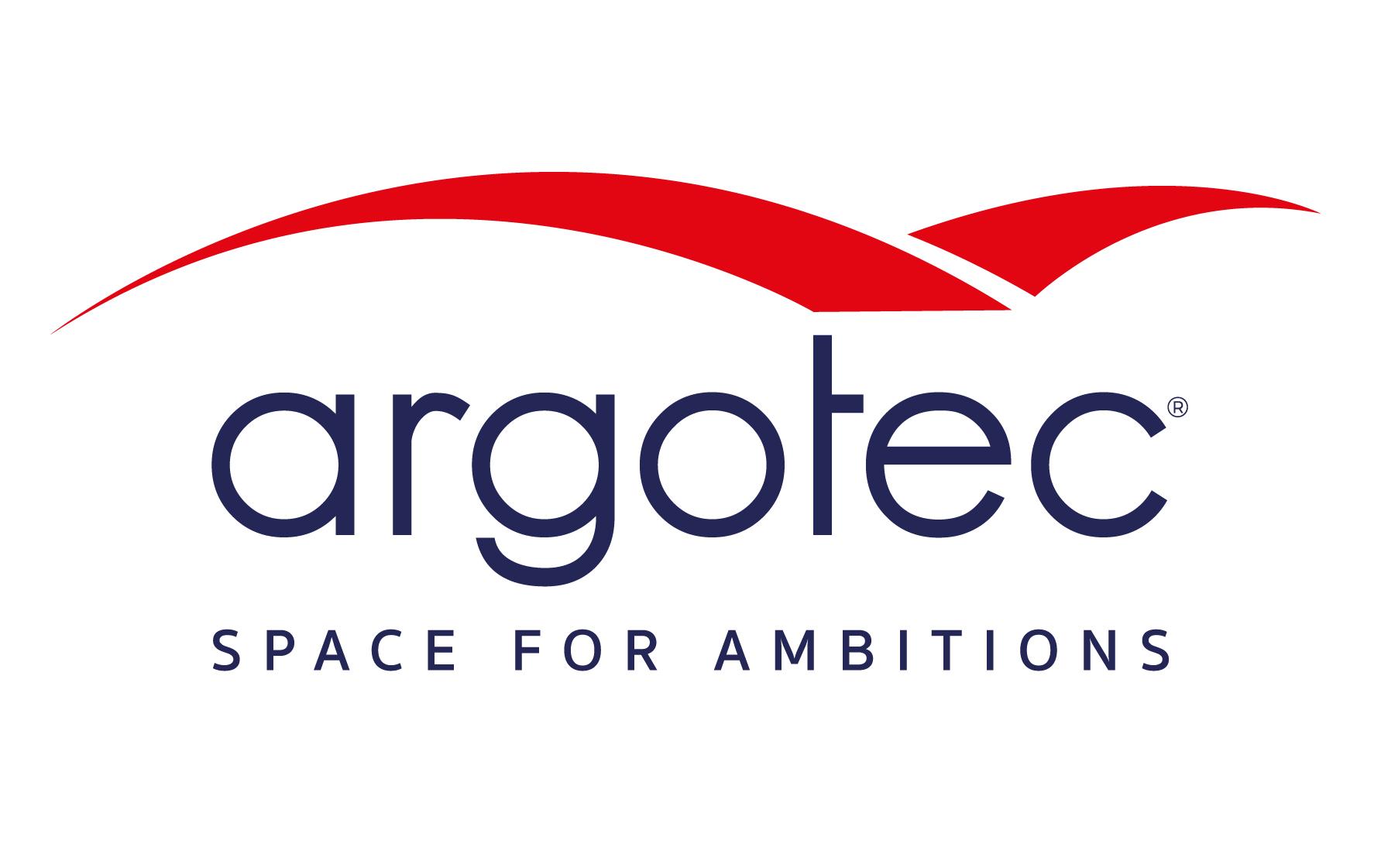-
StatusOngoing
-
Status date2025-06-05
-
Activity Code5C.490
The ASTRAEUS project, funded by the European Space Agency under the Advanced Research in Telecommunications Systems (ARTES) programme, aims to develop advanced software-based radiation mitigation techniques to enable the use of high-performance, cost-effective Commercial-Off-The-Shelf (COTS) electronics for space missions. The project seeks to demonstrate the feasibility of these techniques for integration in on-board processing units.
Radiation-induced Single Event Effects (SEEs) pose a challenge for space avionics, as they can disrupt system functionality. Traditional mitigation methods rely on expensive and custom-built hardware. ASTRAEUS tackles the challenge of making COTS components – which are not radiation-hardened – reliable in harsh environments through the integration and development of software-driven fault-tolerance mechanisms. While these techniques already exist in scientific literature, they currently have a low Technological Readiness Level (TRL) which hinder their adoption in commercial products.
ASTRAEUS aims to lower costs and enhance flexibility in space computing system design by enabling the use of COTS devices. Increasing the TRL of software-based radiation mitigation helps in mitigating the risks associated with the use of these techniques in future missions. This advancement paves the way for more accessible, high-performance payload processing solutions, promoting innovation in space telecommunications.
The project investigates the use of several Software-Implemented Hardware Fault Tolerance techniques. These features aim to increase system robustness without requiring hardware changes, enabling easy integration into existing designs.
ASTRAEUS utilises a CPU+FPGA co-design approach, implementing a real telecommunication application developed by Argotec. This heterogeneous COTS setup not only reduces costs but also leverages the acceleration provided by the FPGA and the high-performance CPU cores. The FPGA is safeguarded with custom protection techniques, while the CPU benefits from SIHFT-based fault-tolerance approaches.
The two-year project plans to analyse the currently available tools in the scientific and industrial domains and, at the end of the first year, a prototype will be designed to assess the capabilities of the most promising technologies. In the second year, the prototype will be implemented and radiation test campaigns, including proton-based tests, will be performed to validate the solutions in a realistic radiation environment.
The activities of the project started in February 2025.



